Pam Grossman is a writer, curator, and teacher of magical practice and history. She is the host of the internationally beloved podcast, The Witch Wave and the author of Waking the Witch and What Is A Witch. She is also coeditor and coauthor of the Witchcraft volume of Taschen’s Library of Esoterica series. Her writing has appeared in numerous media outlets, including The New York Times, The Atlantic, TIME.com, and many more. She divides her time between Brooklyn and the Western Catskills alongside her husband and their two feline familiars.
Tell us about Magic Maker. What was your inspiration for the book?
Magic Maker is a guide for anyone who would like to integrate their creative and spiritual sides in order to create the work they are meant to. It puts forth the idea that creativity and magic are essentially the same thing, and it details different magical techniques that visionaries throughout history from David Bowie to Sylvia Plath to Beyoncé to myself have used to tap into inspiration, infuse creative work with intention, and slay demons of self-doubt.
This book has been a lifetime in the making, weaving together my various perspectives as a scholar of artistic and occult history, a writer and podcaster, and a practicing witch. For a long time I compartmentalized those different sides of myself. Eventually I realized that there really wasn’t much difference between writing a book, say, and casting a spell, because both are about taking Creative Force and turning into an intentional, material form that can hopefully transform the world for the better. And I also realized that many of my creative heroes like David Lynch, Diane diPrima, Lucille Clifton, and Tori Amos have blurred the line between creative practice and spiritual practice, so I wanted to celebrate that rich history as well.
How did your understanding of magic shape the way you approach writing and artistic creation?
I’ve studied many esoteric traditions from modern witchcraft to alchemy to Zen Buddhism to Jewish mysticism, and while they each have their own specific cultural context, what they share is the idea that humans are a bridge between the invisible and material realms. Humans are blessed with imaginations which help us visualize ideas, and bodies which allow us to bring those ideas through and make them into something that we can perceive and interact with using our physical senses.
The magical techniques I learned in my witchcraft practice include setting sacred space via casting circle, opening my inward channel to better receive divine inspiration, and infusing my magic with energy and intention. These same techniques are highly effective when we apply them to any sort of creative practice. Ritualizing our creativity helps us get out of our own way and allow other forces to come through.
What are some of the ways you’ve seen the impact of magic in your own creative life?
There are so many ways in which magic has positively impacted my creativity, which I why I had to write a whole book about it! But I think the biggest one is that it has helped me quiet my anxiety and egoic fear, and that has led to a much freer and more fruitful creative output. By collaborating with something greater than myself (whether one calls it Spirit, God, Creative Force, the Muses, or whatever else one wishes), it has helped me trust that something has chosen to come through me, and that my only job is to receive it and express it with care as best as I am able. This has brought a lot more ease to my creativity, and has helped quiet the voices – which in the book I call demons – that sometimes like to tell me I’m not good enough or skilled enough or resourced enough. I find now find it much easier to work in partnership with the divine, because it helps turn the volume down on those inner demons.
What drew you to explore the historical intersection between the occult and the creative process?
I’ve been in a mad love affair with mid-20th century female surrealist artists such as Remedios Varo and Leonora Carrington since I was a teenager, and I felt—and still feel—a deep kinship with their paintings of mythic women in magical dreamscapes. Around that time in my life, I began experimenting with modern witchcraft (as many bored suburban teenagers did back in the 1990s) as well as reading about Jungian archetypes, mythology, and various bodies of occult knowledge. I think I intuitively knew that Varo, Carrington, and their compatriots were also interested in magic, but it wasn’t until I got older that I realized that they were also devoted to esoteric scholarship and magical practice. They studied tarot, Kabbalah, folk magic, Gardnerian witchcraft, the works of Gurjieff and Ouspensky, and so on, and much of that knowledge found its way into their artwork.
Later I learned that so many other creative people I admire—from 19th century Spiritualist artists Hilma af Klint and Georgiana Houghton to feminist artists such as Judy Chicago and Betye Saar to musicians like John Coltrane and Gustav Holst—were also influenced by spiritual seeking and magical practice of some form or another. It seemed to me that this means that magic is worthy of serious study in a creative context, because it can generate such magnificent and meaningful art.
How can writers reframe “creative blocks” through a magical lens?
I find it useful to think of these blocks as the work of creative demons or goblins (or insert your own supernatural pests!) By externalizing them, it feels easier to get to know them, which makes them less scary. And that makes them easier to vanquish—or at least muzzle for a time—so we can get back to the real work of collaborating with Spirit. By welcoming in Creative Force through magical techniques like divination or augury for example, we are able to clear out those demons and let greater messages come through, which we then interpret and express through our work.
Can you share a ritual that you find particularly transformative for writers?
A very simple one I write about in the book is what I call Striking Magician’s Pose. This is based on the Magician card of the tarot, who is shown in the Pamela Colman Smith illustration with one arm stretched up to the celestial realm and one arm stretched down to the terrestrial realm. The Magician is the bridge between the visible and invisible spheres, and they are a master manifester. And so I recommend taking a few deep breaths, then standing up tall with your arms stretched in opposite directions upward and downward. You are allowing yourself to become a conduit between the sacred and the mundane, and really envisioning the energy that flows back and forth between the two. Stand like that until you feel your body “link” these realms and really feel yourself opening to whatever creative powers flow through. (And for fun I sometimes like to declare “I am the Magician, I am the Magician, I am the Magician!” cause I happen to love a bit of pageantry.)
How can writers distinguish between ego-driven creation and work that taps into intuition and magical flow?
The body is very wise, and having one that our spirit gets to drive around for a while is such an incredible gift. I’ve learned to trust my body more as I create, and I find that when I’m in that state of flow I feel less tense and less…grasping I suppose is the word. I’m in more of a state of surrender. It’s not fully passive, as I am certainly making decisions, putting in a lot of labor, and working intentionally. But it feels more collaborative and less like something I am forcefully grinding away at or pushing forward on my own. There is less resistance over all.
I’m also less focused on outcome or how the project will be perceived. I’m more concerned with showing up and seeing what comes through, and figuring out how to play with whatever arrives.
Do you think a writer needs to believe in magic—or the supernatural—to benefit from these practices?
No, I don’t. If a writer wishes to approach this metaphorically, that’s absolutely fine. One could argue that these techniques are simply tapping into a placebo effect or psychological “hack” for us to be more productive. I don’t pretend to know how it all works, and I honestly don’t care. I just know that it does work, or I wouldn’t bother! And let me just say: a magical framework won’t be right for someone who has decided from the get-go that it’s not for them. And that’s fine, too! This approach isn’t for everyone. But if someone is even the slightest bit curious—if their door to Mystery is even the tiniest bit ajar—then I believe this will be very helpful indeed.
For a writer struggling with starting a new project, what’s one magical “starter spell” you’d recommend to get their work flowing?
A very easy thing to do is to simply ask someone or something divine for their help on a project. You can simply invoke the name of a deity, ancestor, or creative hero who has crossed over (I find Jim Henson to be a particularly lovely spirit guide for example!), and light a candle to them while inviting them to collaborate creatively with you. Respectfully request their guidance. This request doesn’t have to sound super formal, but I think it’s important to consider that this is NOT about commanding or ordering. It’s about making them feel welcome in whatever style feels personal to you. Then begin your work, and see what happens!
Do you see ways for writing communities to cultivate a shared “magical” or intentional creative culture? How can we form our own writing coven, so to speak?
I love this idea, because good covens and good writers’ groups have so much in common. They are both safe containers for kindred spirits to help each other manifest their magic!
If I were to form a writing coven, I would consider adding a bit of ritual to it. Perhaps we would work with the Gift of Divine Timing, as I write in the book, and plan our meetings around moon cycles or seasonal holy days. For example, the new moon is said to be a good time to begin a project or new endeavor. A waxing moon is said to be a time for generating and cultivating, so this could be excellent for developing first drafts. A waning moon is said to be a time for shedding or reducing, so this is a good period for editing, revising, cutting. And a full moon is believed to be a time of completion and letting go, so this is an opportune time for the group to aim for meeting a deadline, sharing a final draft, or submitting a piece somewhere.
Then again, you can make this far less complicated, and simply cast a magic circle before every meeting. By calling in the elements and magical guides, you are creating an energetic vessel for good things to percolate within (and that pesky demons will stay away from). Just remember to open the circle back up at the end of every meeting, so that those creative energies can continue to flow freely wherever else they’re needed.
I recommend you come up with the wording for your magic circle invocation together, or perhaps take turns casting circle at each meeting with each member applying their own creative flair. Writers are word witches, after all!
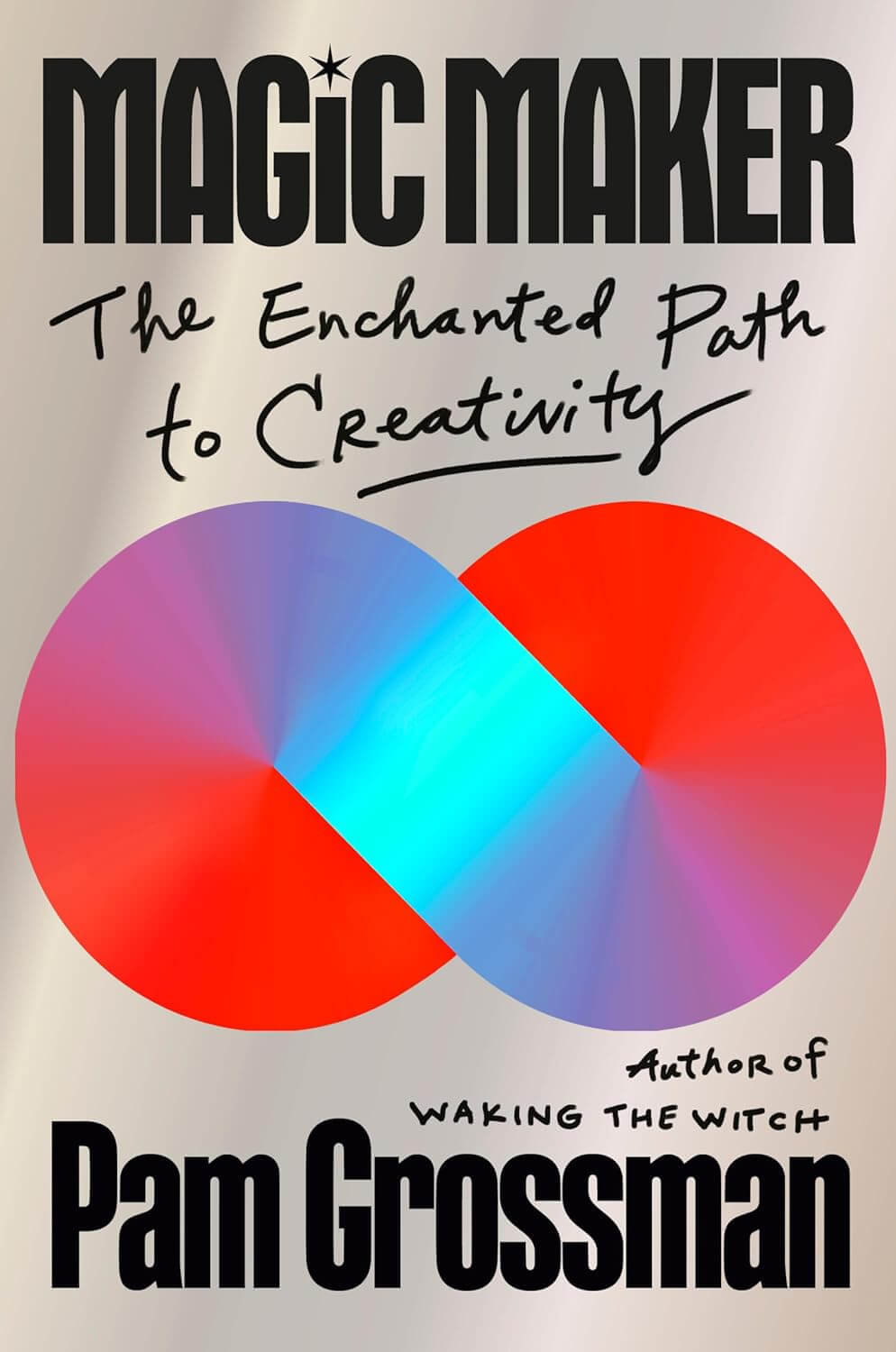
Magic Maker: The Enchanted Path to Creativity by Pam Grossman
In this illuminating work, Pam Grossman dives into the practices of beloved artists to reveal that creativity and magic are one and the same. Grossman supplements stories about artists with concrete guidance about how we can all tap into the creativity within. More than a collection of stories about creatives, this is a guide for how we can all embrace a magic-fueled life and work towards creative fulfillment.
Buy the book now: Bookshop.org | Amazon | Barnes & Noble

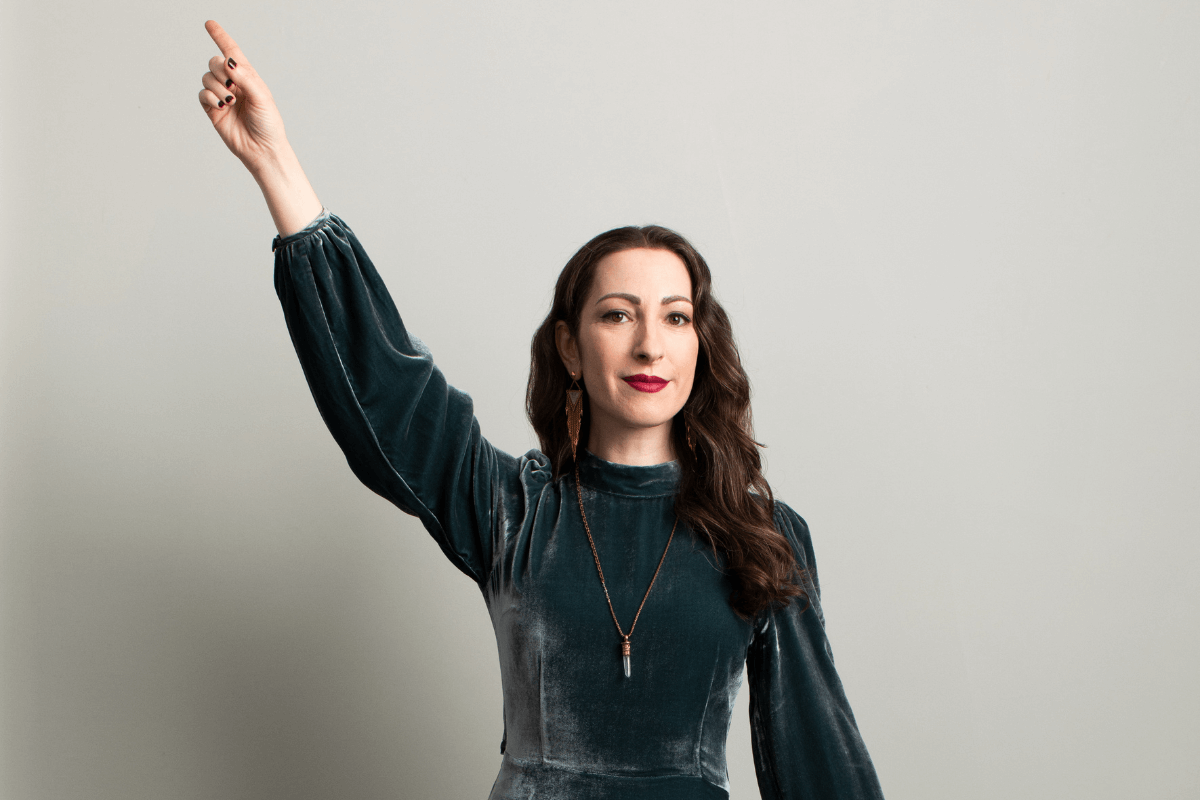
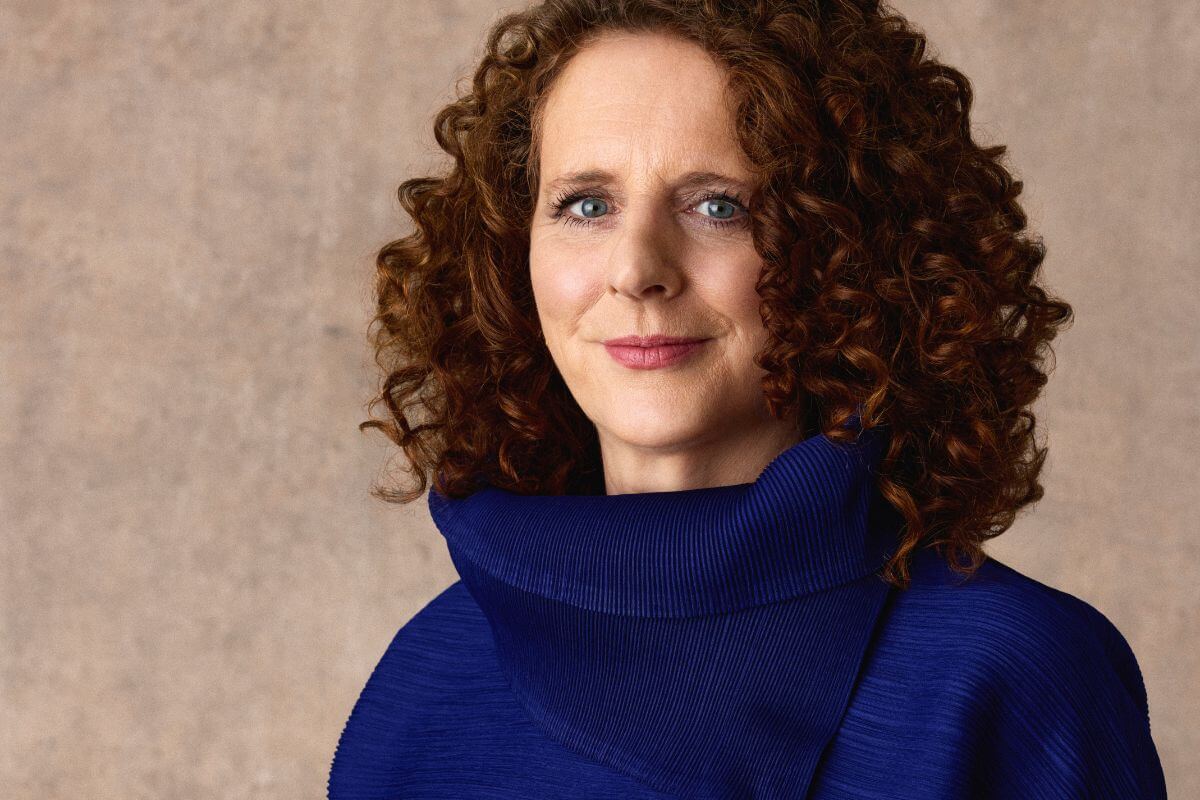

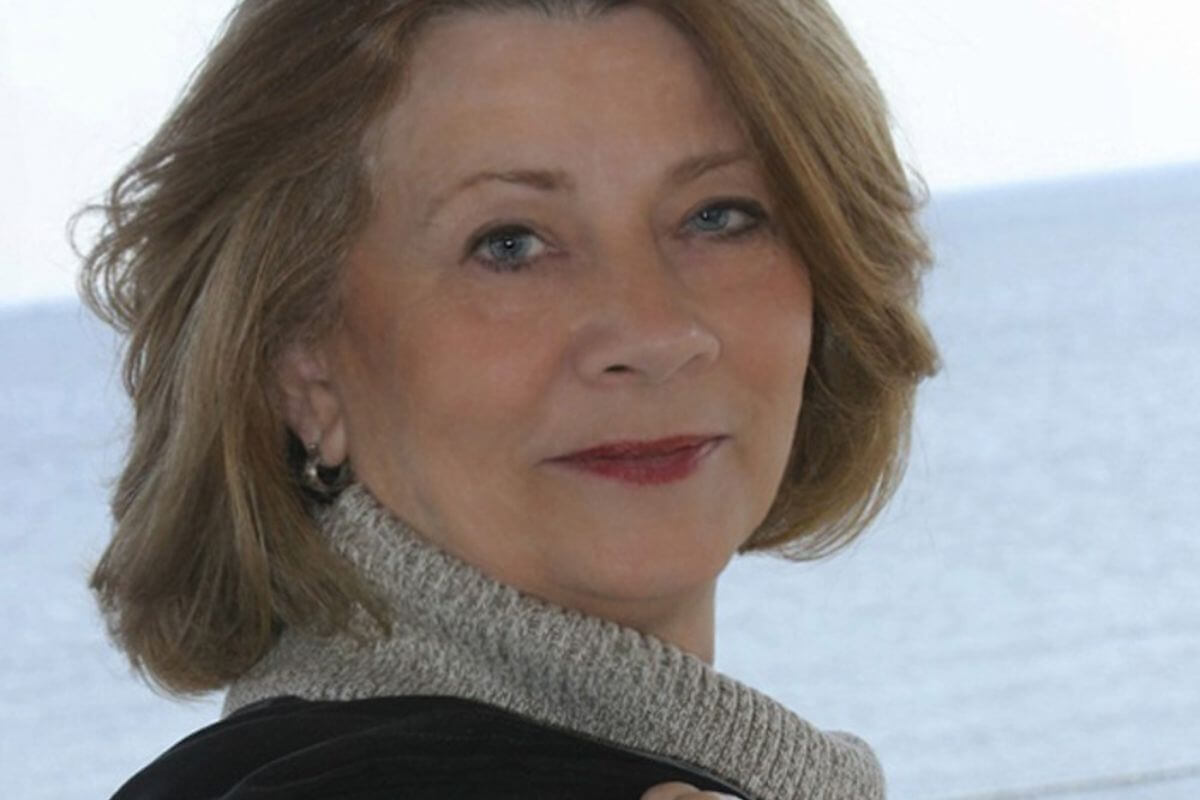

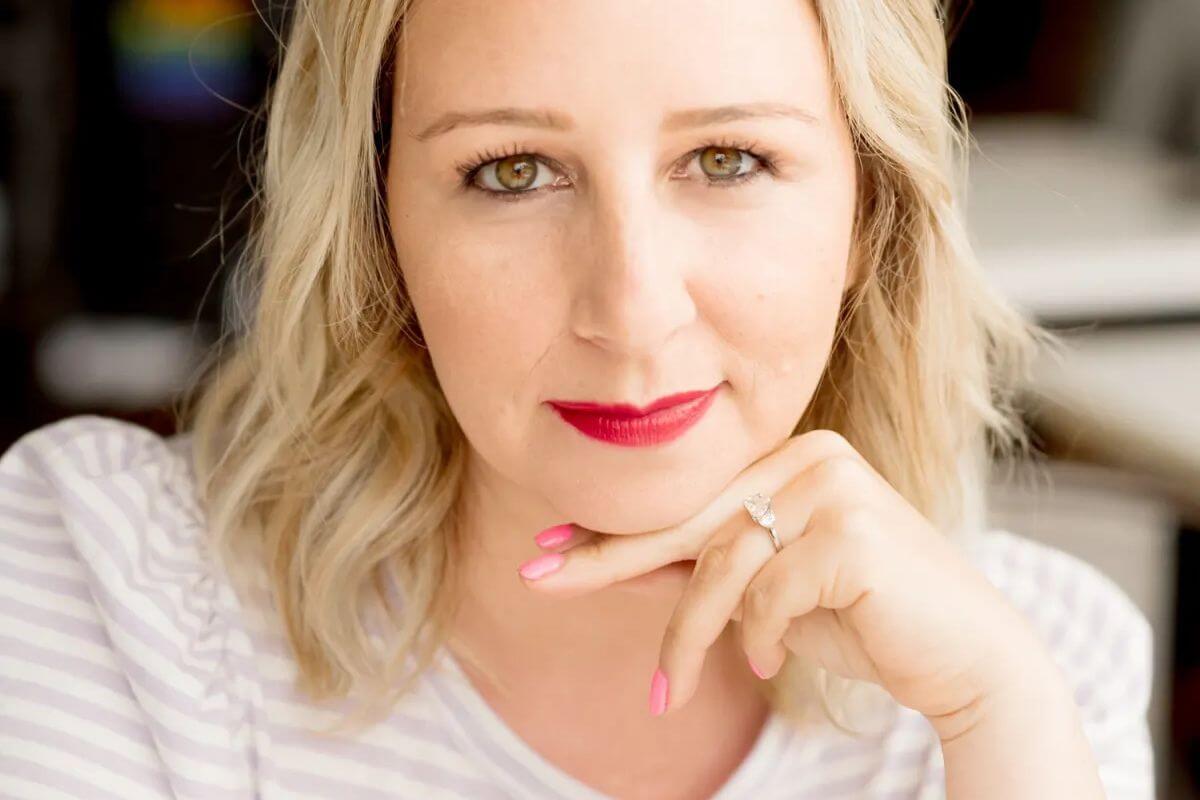
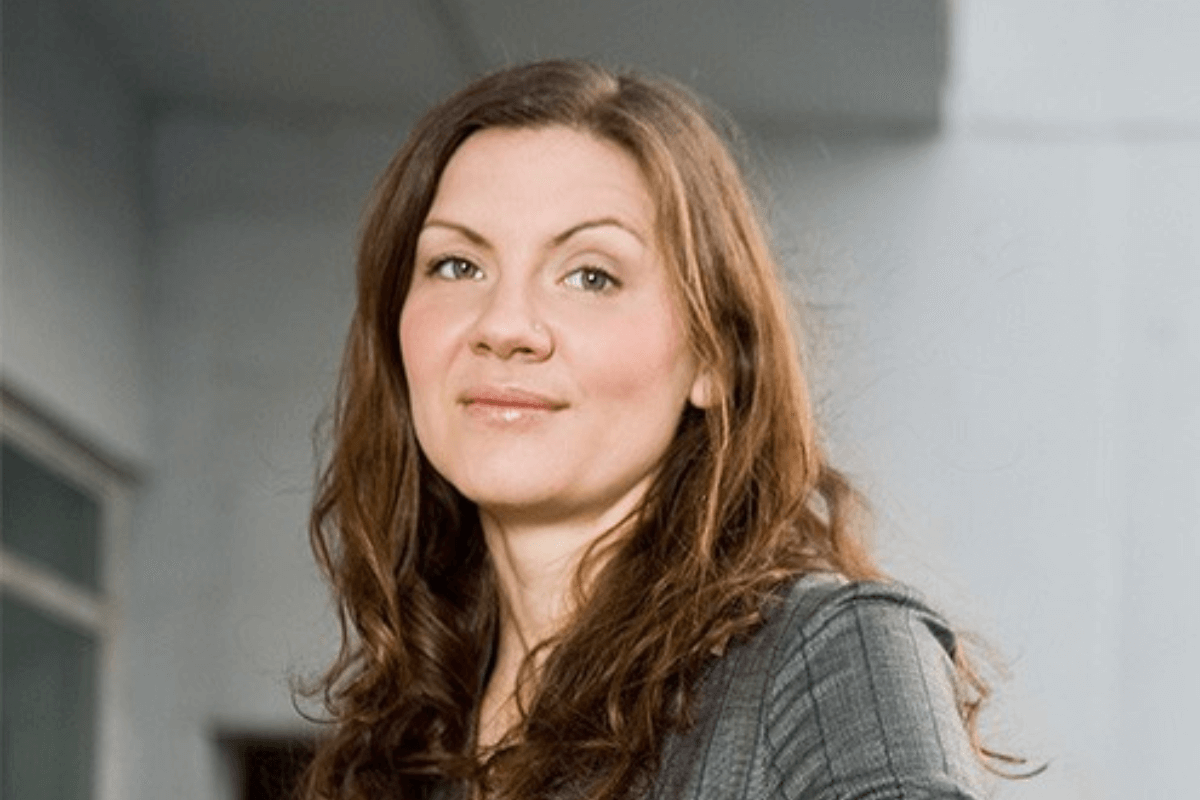
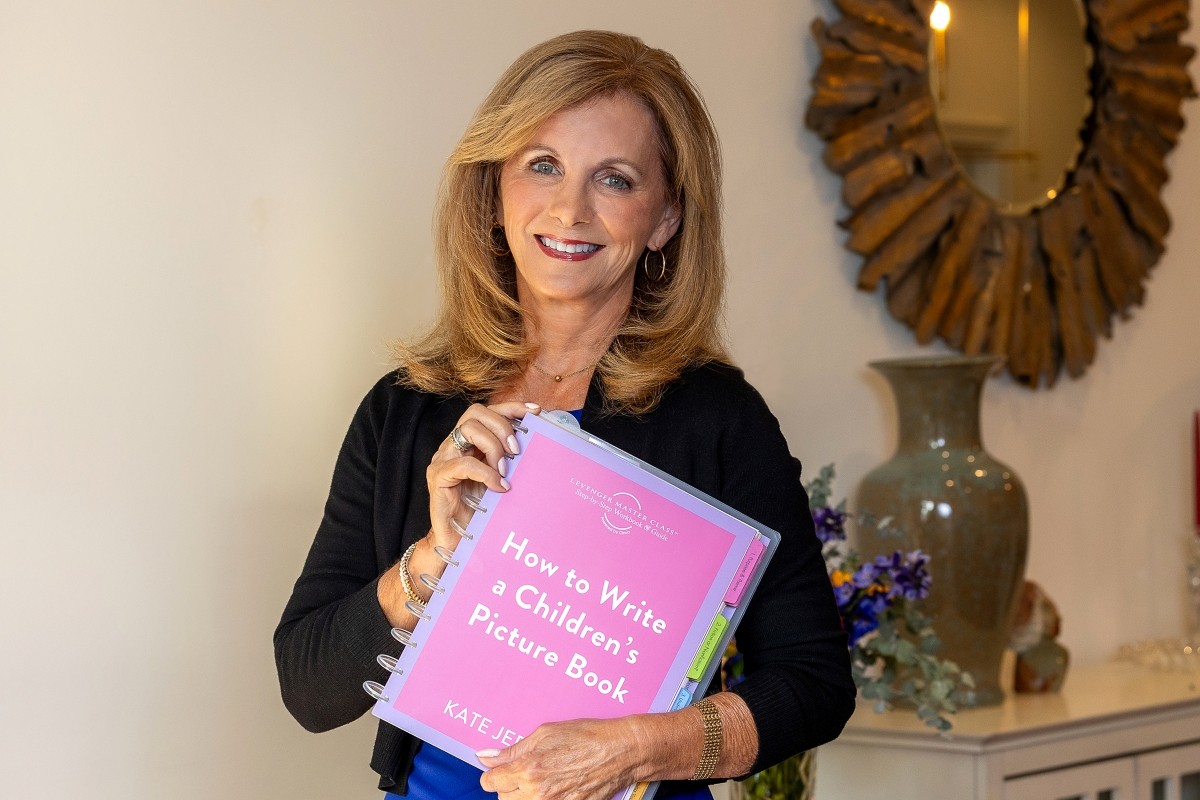
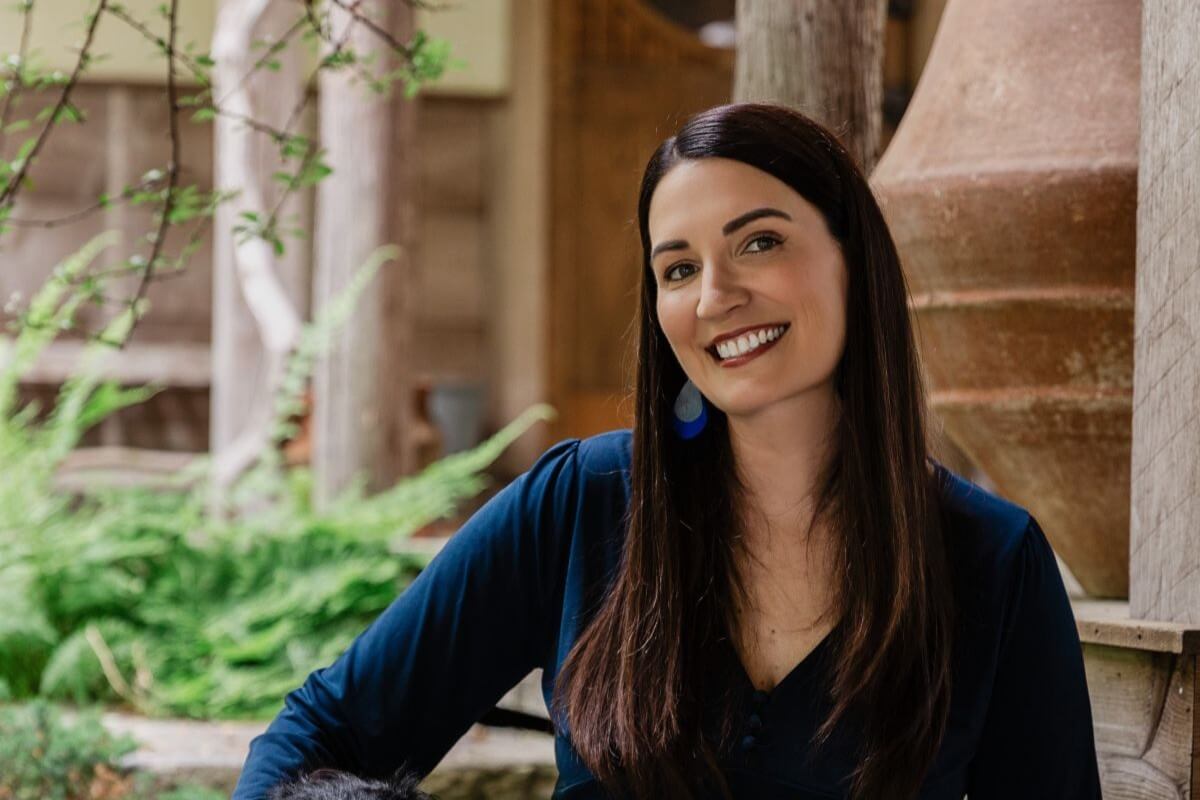
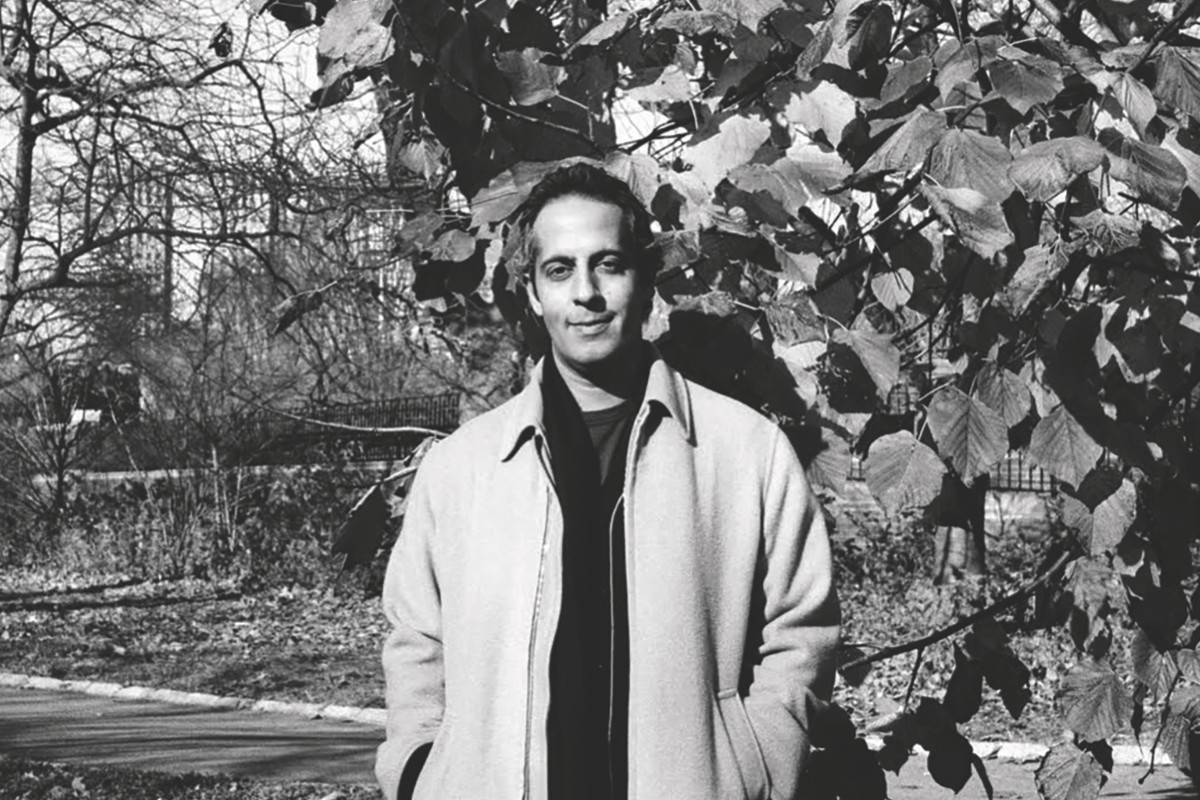
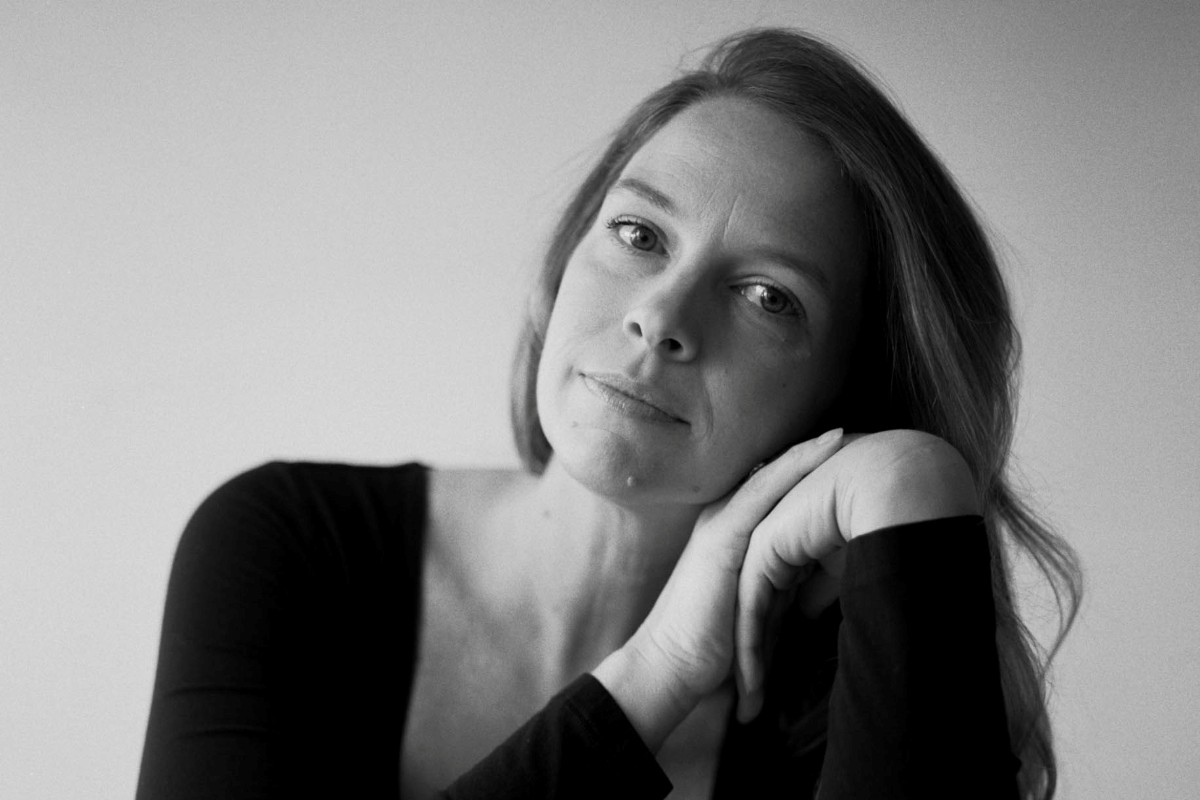
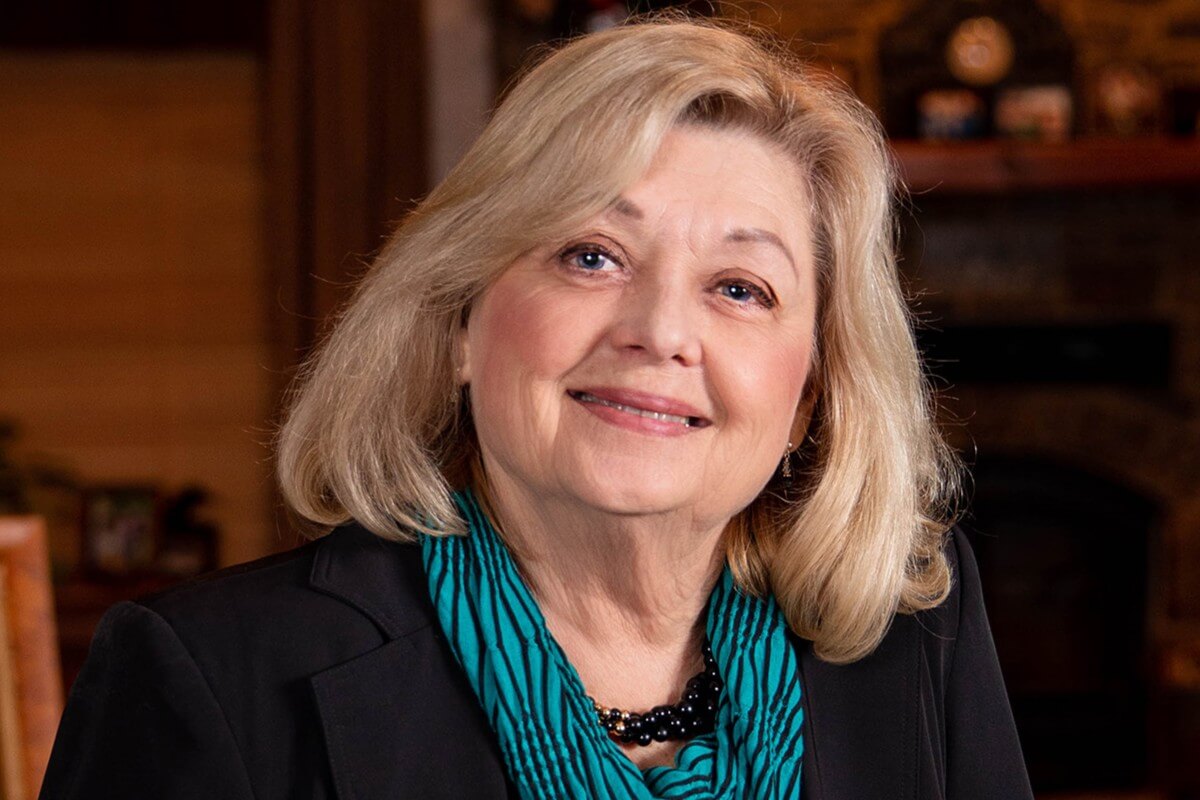
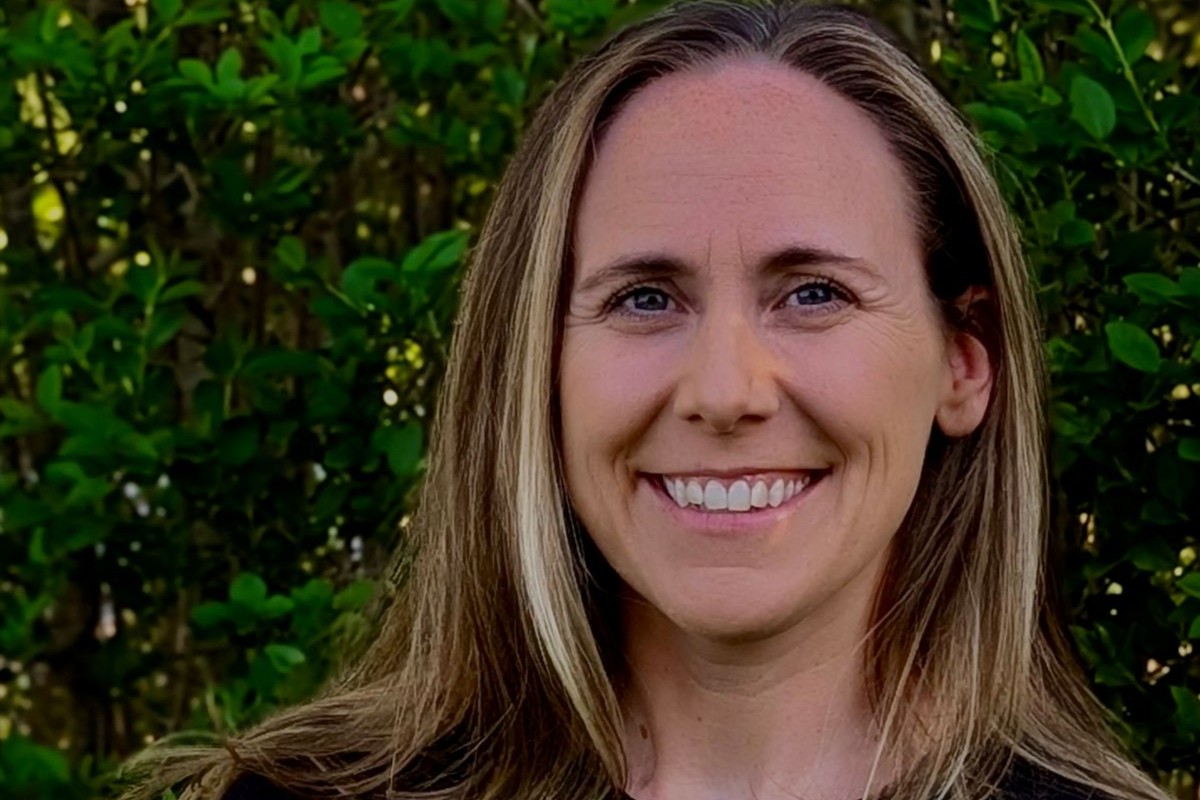
Leave A Comment